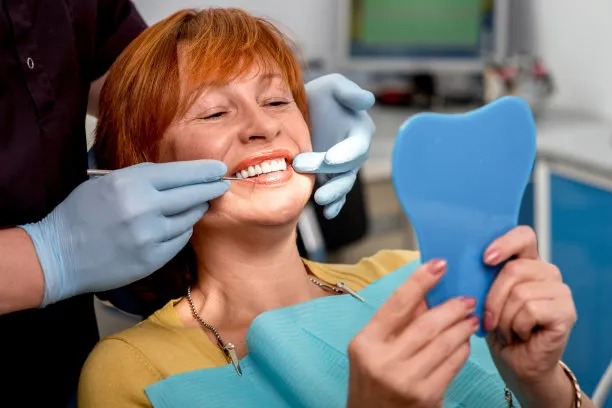The Essential Guide to Extracting a Tooth Safely for Optimal Dental Health and Comfort
Summary: Dental extractions can be daunting, but with the right guidance, the process can be safe and comfortable. This article serves as an essential guide for understanding tooth extraction, outlining the importance of proper procedures, determining when extraction is necessary, examining the techniques employed during the process, and discussing post-extraction care for optimal healing. By following this guide, patients can ensure their dental health is prioritized and experience minimal discomfort throughout the extraction journey.
1. Importance of Safe Tooth Extraction Procedures

Tooth extractions are often seen as a last resort in preserving oral health; however, they can be crucial in certain situations. When a tooth is severely damaged due to decay, trauma, or root infection, extraction can prevent further complications and protect adjacent teeth. Ensuring a safe extraction is vital to minimize risks associated with the procedure.
A qualified dental professional should assess the condition of the tooth and the surrounding tissues before proceeding. They will discuss alternative treatments and confirm that extraction is the best option. This thorough evaluation helps to avoid unnecessary procedures and prioritizes the patients overall dental health.
The safe execution of a tooth extraction plays a significant role in enhancing patient comfort. By utilizing appropriate anesthesia techniques and maintaining a sterile environment, dentists can mitigate pain and the risk of infection, ensuring a smoother recovery experience for the patient.
2. When Tooth Extraction Becomes Necessary
There are several scenarios where tooth extraction is deemed necessary. One common reason is overcrowding, which can interfere with orthodontic treatments. In particular cases, removing one or more teeth can pave the way for better alignment and improved dental aesthetics.
Another prevalent reason for extraction includes periodontal disease. When gum disease becomes advanced, it may lead to bone loss and loosen teeth, making extraction the most effective treatment option. This decision aims to safeguard remaining teeth and restore oral health.
Additionally, impacted teeth, such as wisdom teeth, often require removal due to the complications they can cause. These teeth can become trapped beneath the gum line, leading to discomfort, infections, or damage to nearby teeth. Identifying the necessity for extraction in these cases is vital for preventing future dental issues.
3. Techniques Used During Tooth Extraction
The techniques applied during tooth extraction can vary depending on the complexity of the case. In most situations, a simple extraction can be performed using local anesthesia. The dentist will loosen the tooth with specialized instruments and gently remove it from its socket.
For more complicated extractions, such as those involving impacted teeth or broken roots, a surgical extraction may be necessary. In these cases, the dentist may make an incision in the gum tissue to access the tooth, ensuring a more controlled removal process while minimizing damage to the surrounding area.
Modern dental practices adopt advanced technology and techniques to improve the extraction experience. Sedation dentistry, for example, can help anxious patients feel more relaxed during the procedure, contributing to a more comfortable extraction with better outcomes.
4. Post-Extraction Care for Optimal Healing
Post-extraction care is essential for ensuring a smooth recovery and minimizing complications. Patients will be advised to follow specific guidelines, including applying ice packs to reduce swelling and taking prescribed medications to manage pain.
Maintaining proper oral hygiene is crucial during the healing period. Patients should avoid vigorous rinsing or using straws, as these actions can dislodge the blood clot essential for healing. Instead, gentle rinsing with warm salt water is recommended to keep the extraction site clean.
Additionally, attending follow-up appointments is critical for monitoring the healing process. Dentists can assess the extraction site, ensure there are no signs of infection, and provide further care if needed, promoting optimal dental health and comfort.
Summary:
Tooth extraction is a significant step in maintaining dental health, guided by careful considerations to ensure safety and comfort. From understanding the necessity of the procedure to mastering post-extraction care, this guide emphasizes the critical aspects for patients undergoing this experience.
Patients are encouraged to seek skilled dental professionals who prioritize their well-being throughout the extraction process, ensuring the best outcomes and minimizing discomfort.
This article is compiled by Vickong Dental and the content is for reference only.


